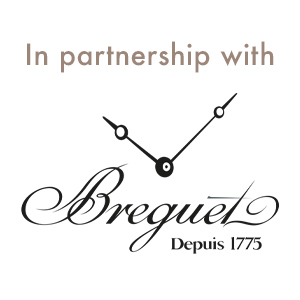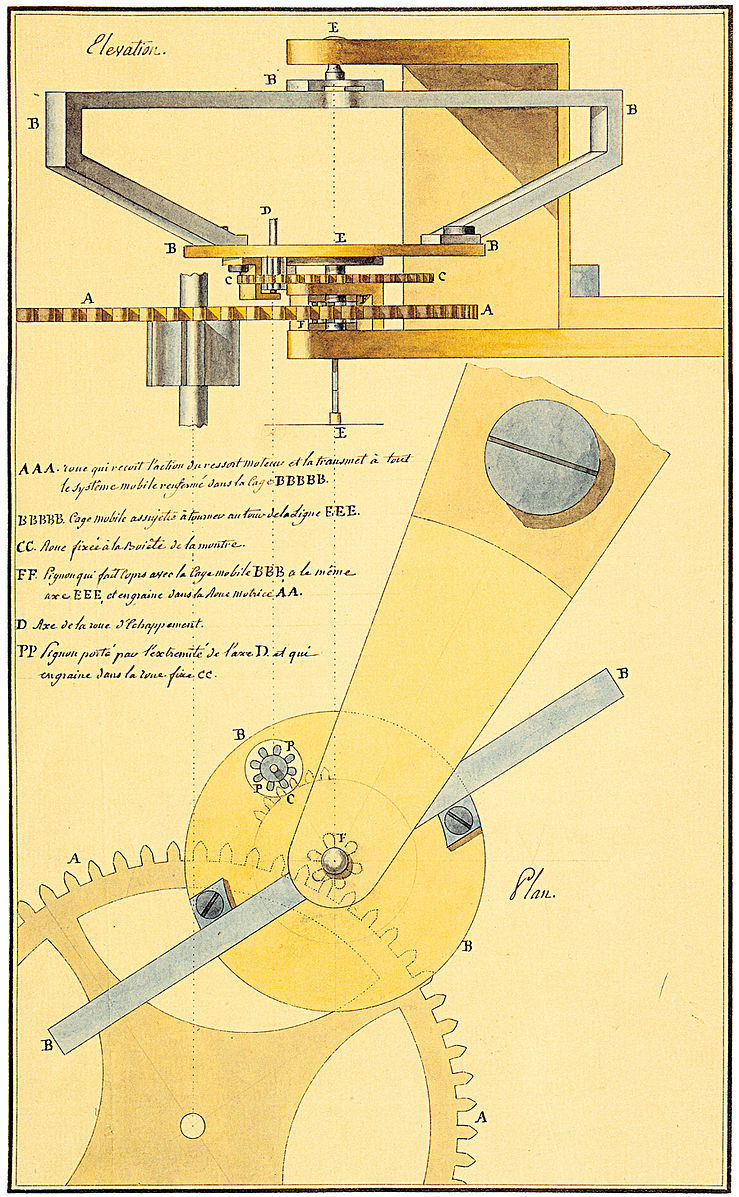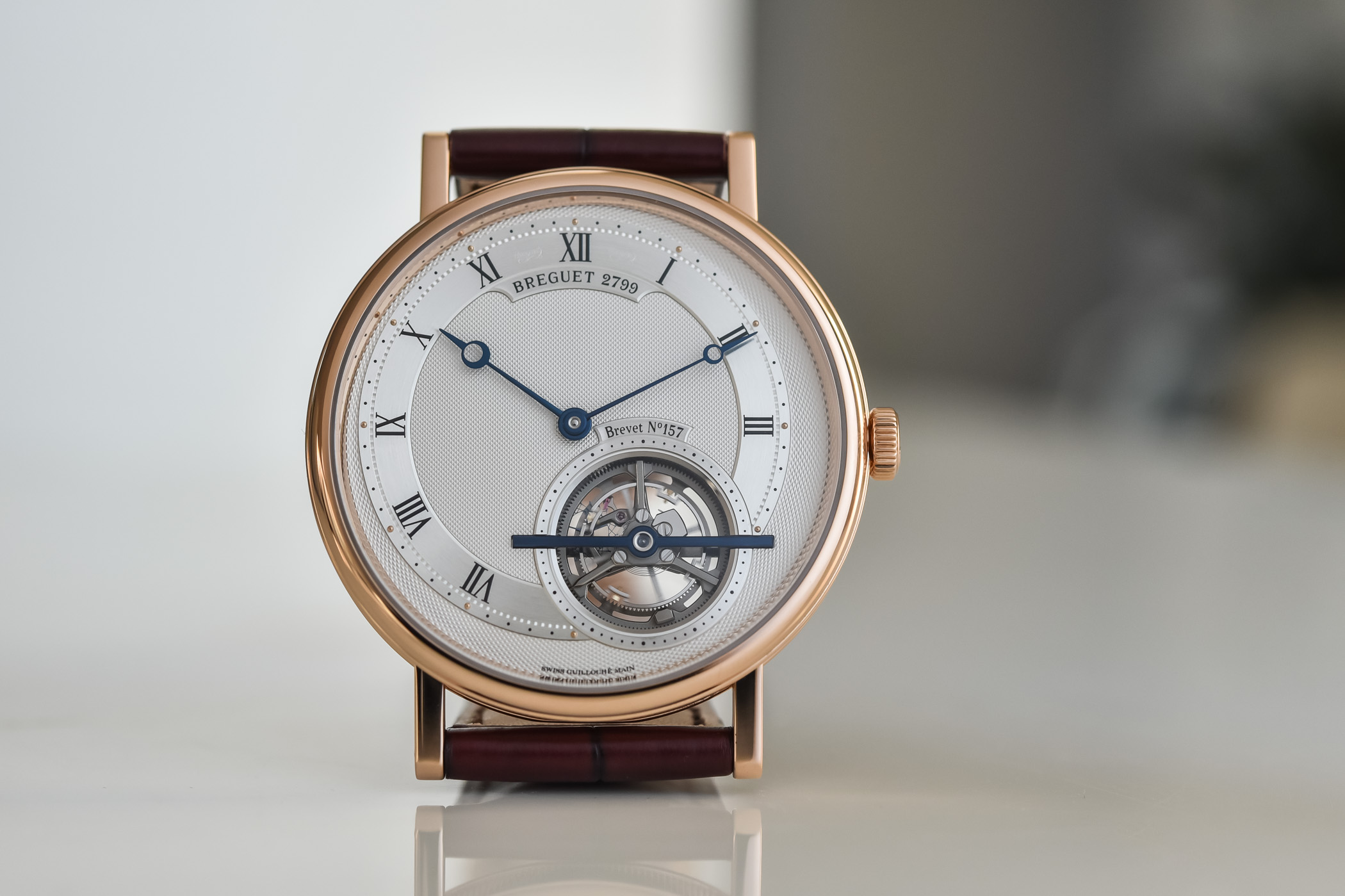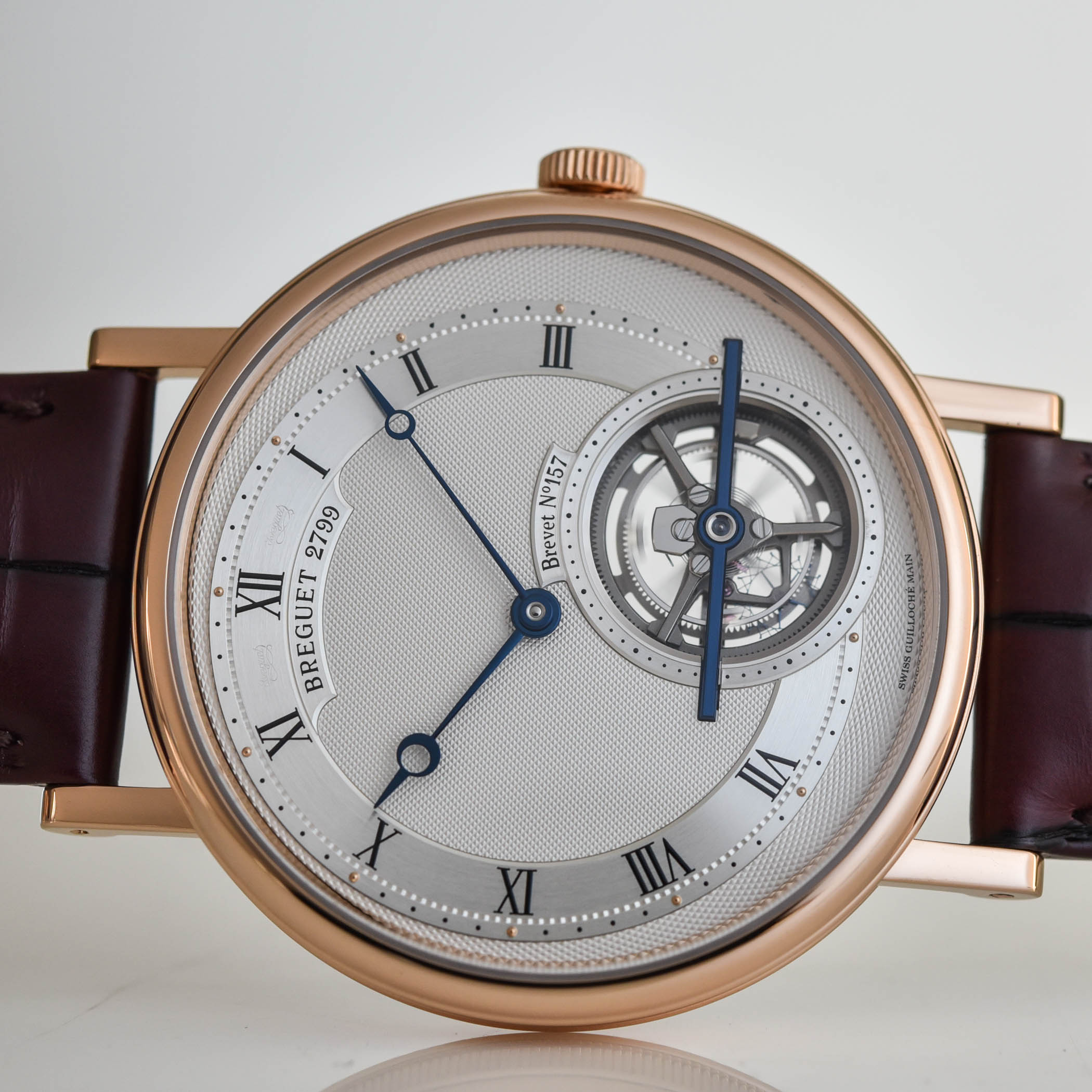Celebrating The 220th Anniversary of the Invention of the Tourbillon by Breguet
Taking a closer look at one of the most important inventions of the watchmaking industry.

“7 Messidor An 9” or, without using the French revolutionary calendar, 26 June 1801, is a date to remember. Indeed, this year marks the 220th anniversary of a historically important invention, one that had an immense influence on watchmaking, and one that most enthusiasts will know. On this day, Abraham-Louis Breguet, one of the most respected and acclaimed watchmakers of all time, filed the patent n°157 for what’s probably his most influential innovation, the tourbillon. In our latest in-depth video, we’ll go back in times and look at what is the tourbillon, why and how it has been invented and, jumping forward in time, we’ll take a closer look at some of the most desirable modern Breguet watches equipped with this complication, as tributes to the work done by the founder of the brand.

The tourbillon regulator was designed to counter the negative effects of gravity on the escapement, affecting the regularity of watches. The first thing to remember is that, at the time, watches were not worn on the wrist but in a static position, vertically in the pocket – thus much different from today, as wristwatches are in a different position all the time. Thus, gravity pulled that fragile balance spring always on the same side. Abraham-Louis Breguet’s idea was to install the escapement inside a mobile carriage that performed a complete rotation every one- to four-minute – if today tourbillons are classically “one-minute” tourbillons, the first prototypes of A.L. Breguet had carriage make one rotation in three or four minutes. The word tourbillon refers to how the French philosopher René Descartes described the planetary system, rotating on a single axis.

During his lifetime, A.L. Breguet created 40 tourbillons, and 35 of them were integrated into watches. Thanks to this invention, among so many others, he’s often seen as the father of modern-day watchmaking. Today, the name tourbillon is known universally in the watch world, with most high-end watchmakers using this miniature device in their timepieces.
The Breguet Classique Tourbillon Extra-Plat Anniversaire 5365
Presented to celebrate the 220th anniversary of the invention of Abraham-Louis Breguet and the tourbillon patent, the latest creation of the brand is the Breguet Classique Tourbillon Extra-Plat Anniversaire 5365. A watch that is quintessentially Breguet, not only mechanically but also visually. Released in a limited edition of just 35 pieces, the exact number of tourbillon watches manufactured by A.L. Breguet, it features most of Breguet’s unmistakable signs. This high-end, elegant and refined dial features an extremely fine clous de Paris guilloche dial with a slightly asymmetrical layout makes this watch striking, yet extremely delicate and discreet… in true Breguet style. Time is indicated by the signature blued hands with distinctive hollowed eccentric moon tips.
The most important element of this Tourbillon Extra-Plat Anniversaire 5365, and the only one visible on the dial in addition to the time, is the one-minute tourbillon visible between 4 and 6 o’clock, rotating under a new blued steel straight bridge. Sitting above the swirling regulator is the caption “Brevet N°157”, an ode to the patent attributed to Breguet 220 years ago. The back of this homage watch reveals hand-engraved captions and a platinum peripheral rotor decorated with a beautiful wave guilloche pattern. Finally, the watercolour plate for the 1801 patent is reproduced on the bridges by hand, thanks to highly skilled engravers.
The superbly executed extra-flat movement of the reference 5365 is housed in a 41mm rose gold case that is just shy of 7.1mm in height and features straight lugs and fluted casebands in a typical Breguet style.
You can discover more about the tourbillon, its creation and its influence on modern Breguet watches by looking at our in-depth video on top of this article. For more details, please visit breguet.com.








4 responses
It’s the French republican calendar, not revolutionary calendar, since the calendar’s initial day is in 1792, the start of the republic, and not 1789, the start of the revolution.
Thank you, very interesting.
Both names are commonly accepted (and it’s a French guy saying this) 😉
Fabulous – what a great tribute to the man.